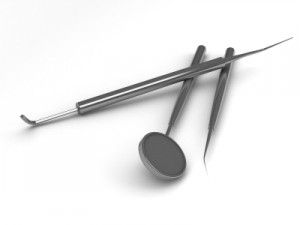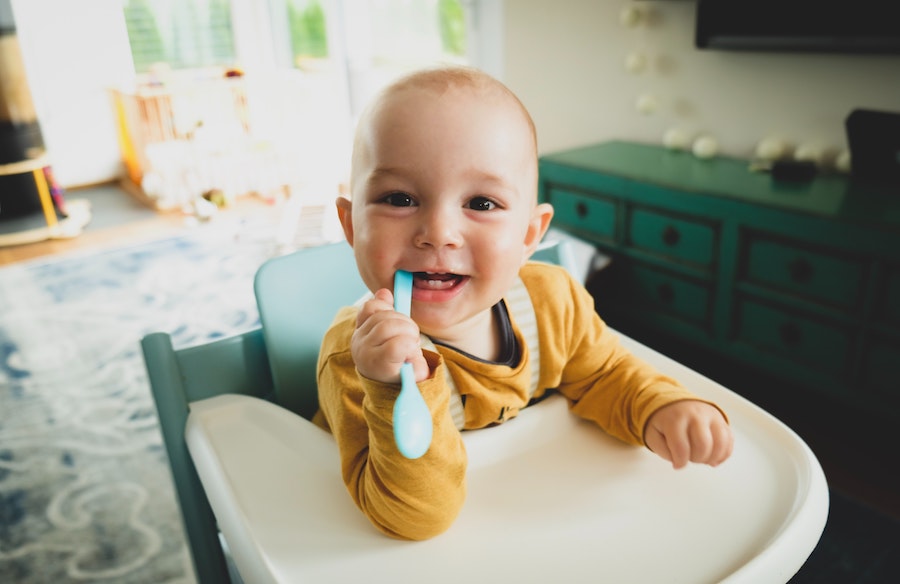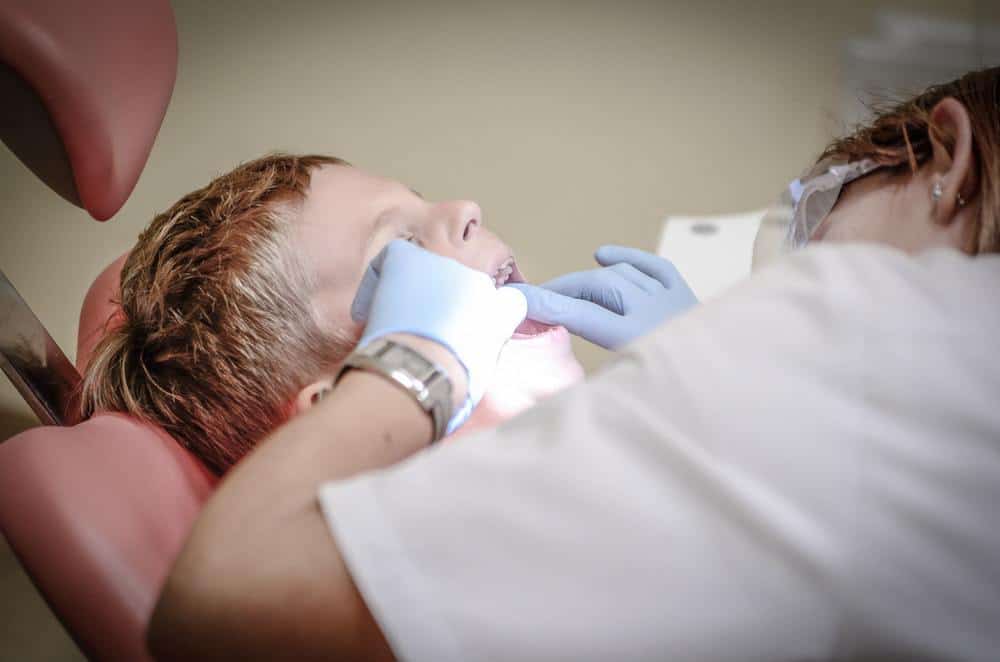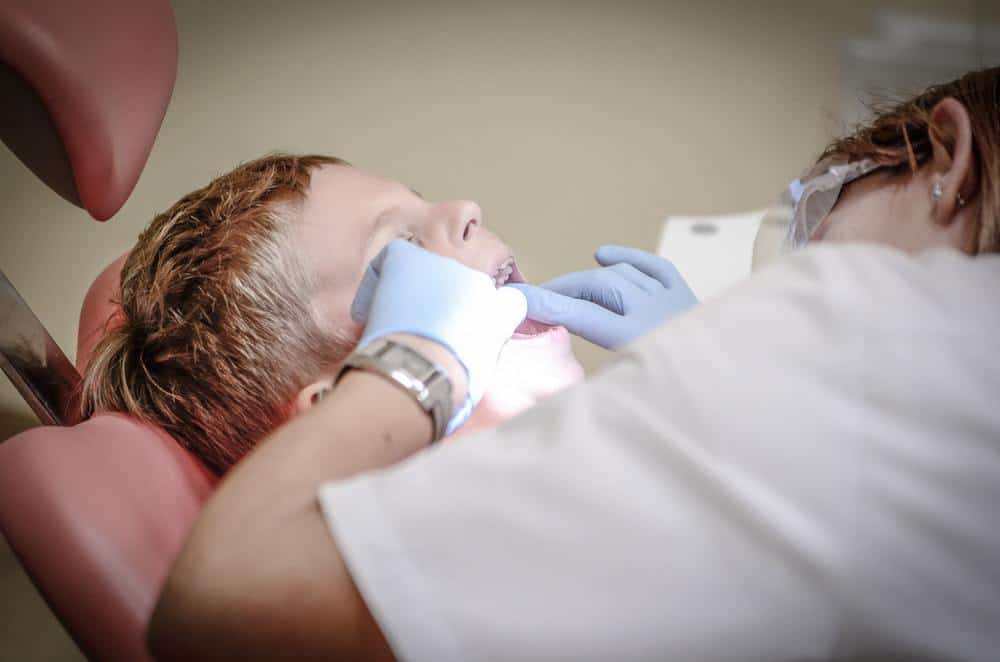If you’re like us, you are super-attentive to the little ones, but when it comes to writing stuff down in the baby book? But wait! There are chicken pot pies to make, and socks to launder! You might even be trying to catch up on your baby book with extra time on your hands during this pandemic. Your child’s smile is something that can be so great to document and it’s easy to do with a baby and toddler teething chart.
 What’s the most common dental complaint I hear these days? In my Kitsilano practice, where most of our patients are between their twenties and forties, the most frequently mentioned ailment during the initial appointment with new patients is teeth sensitivity. I’ll briefly discuss the top three causes of teeth feeling sensitive with cold, acids, or sweets.
What’s the most common dental complaint I hear these days? In my Kitsilano practice, where most of our patients are between their twenties and forties, the most frequently mentioned ailment during the initial appointment with new patients is teeth sensitivity. I’ll briefly discuss the top three causes of teeth feeling sensitive with cold, acids, or sweets.
 If your child or toddler won’t let you brush their teeth, good oral care can get tricky. It’s important to develop good health habits at an early age. Start off by using a clean washcloth to clean your child’s mouth after each meal, as early as possible. This will get your child used to your later oral care efforts. Try this also for your uncooperative two year old: start off with the washcloth approach and gradually move to a toothbrush.
If your child or toddler won’t let you brush their teeth, good oral care can get tricky. It’s important to develop good health habits at an early age. Start off by using a clean washcloth to clean your child’s mouth after each meal, as early as possible. This will get your child used to your later oral care efforts. Try this also for your uncooperative two year old: start off with the washcloth approach and gradually move to a toothbrush.
If your child is afraid and scared to go to the dentist, there are a few things that you can try. Start off by being a good role model: children will want to go to the dentist and take care of their teeth when they see you brushing and flossing your own teeth, and having a positive attitude toward dental visits.
How Do I choose a dentist for my kids? Dr. Chris Kan, our resident dental expert, weighs in on this question. He says to look for these factors to help narrow your choices:
(1) Similar goals and easy communication. Your dentist should want the same things you do for your children’s dental health, and be able to explain these goals to you clearly.



